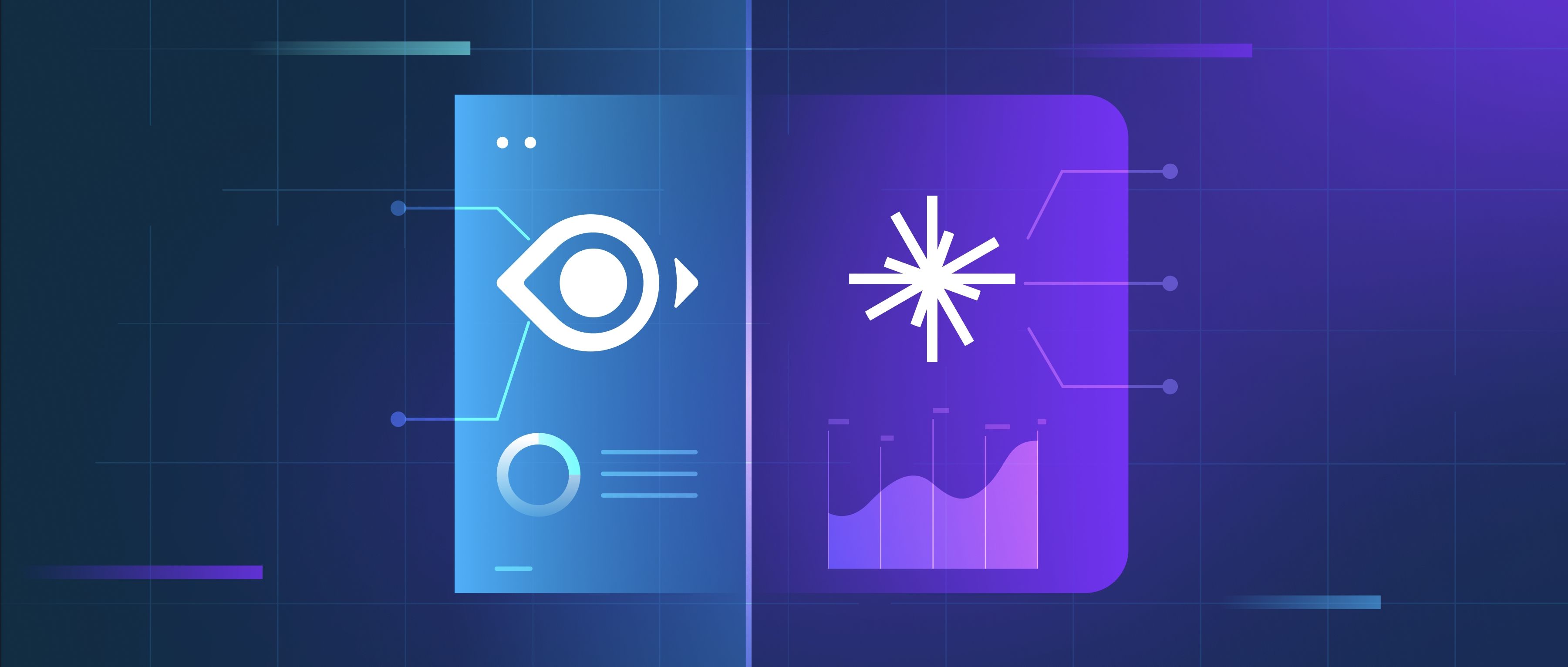Boosted edge learning in image processing is a technique used to enhance edge detection by combining multiple learning models to improve the accuracy of identifying boundaries within an image. The idea is to "boost" or strengthen the edge detection process by using an ensemble of classifiers or decision trees, often implemented through algorithms like AdaBoost. These models are trained to detect and classify edges more effectively by focusing on difficult or ambiguous regions of an image. In practice, boosted edge learning is used in scenarios where precise boundary detection is critical, such as in medical image analysis, autonomous driving, or industrial inspection. For instance, in detecting tumors or abnormal structures in medical scans, boosted edge learning can enhance the contrast between regions of interest and surrounding areas, making it easier to identify the edges of objects. By combining multiple models, boosted edge learning reduces the error rate and improves the robustness of the edge detection process across different types of images.
What is boosted edge learning in image processing?

- Optimizing Your RAG Applications: Strategies and Methods
- Evaluating Your RAG Applications: Methods and Metrics
- Large Language Models (LLMs) 101
- Natural Language Processing (NLP) Advanced Guide
- Getting Started with Zilliz Cloud
- All learn series →
Recommended AI Learn Series
VectorDB for GenAI Apps
Zilliz Cloud is a managed vector database perfect for building GenAI applications.
Try Zilliz Cloud for FreeKeep Reading
What is computer vision in artificial intelligence?
Computer vision in artificial intelligence (AI) is a field that enables machines to interpret and understand visual data
Which libraries and frameworks are popular for building recommender systems?
When it comes to building recommender systems, several libraries and frameworks stand out due to their popularity and fu
Can Vision-Language Models be applied to visual question answering (VQA)?
Yes, Vision-Language Models can indeed be applied to visual question answering (VQA). VQA is a task where a system is re